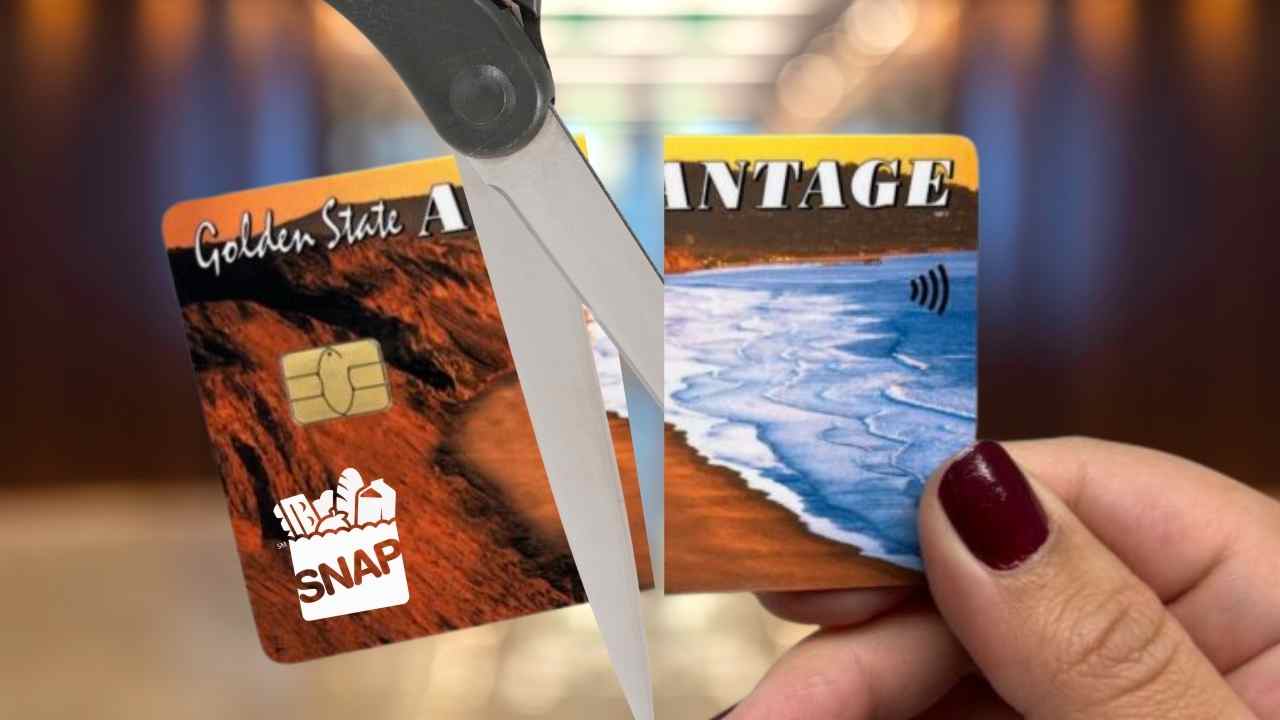Recent changes were applied to the Supplemental Nutrition Assistance Program (SNAP), with a legislation that raise concerns about their national reach and how it could impact your allotments as you and your family rely on them to make ends meet.
As a direct result of these changes, 22.3 million people could lose all or part of their SNAP benefits (also known as food stamps). Research from the Urban Institute details that, of that total, 5.3 million individuals would experience a reduction of at least $25 per month, with an estimated average decrease of $146 per month.
The new work requirements for SNAP recipients
A Congressional Budget Office (CBO) analysis projects that the Senate’s reconciliation law, signed by President Donald Trump, will cut SNAP funding by approximately 20%. This reduction amounts to a cumulative $186 billion through 2034. The Center on Budget and Policy Priorities calls this move “the most significant reduction in the history of the SNAP program.”
One of the central mechanisms for achieving these cuts is the expansion of work requirements. Previous legislation limited individuals to three months of SNAP benefits every three years, unless they worked 20 hours per week or qualified for an exemption.
The new legislation extends these mandatory requirements to include people ages 55 to 64, parents of children 14 and older, and veterans.
Changes in state financial participation in the SNAP federal initiative
The legislation introduces substantial changes to states’ financial participation. It mandates that states cover a portion of benefit costs, ranging from 5% to 15%, if their payment error rate is 6% or higher. Given that the average error rate was 10.9% in fiscal year 2024, numerous states would face difficulties meeting these new financial obligations.
This scenario could lead states to choose to reduce SNAP benefits or withdraw from the program entirely, exacerbating food insecurity.
Administrative challenges are now a new risk to SNAP recipients. Families could be excluded from the program if they fail to complete the benefits recertification process, even if their eligibility has not changed. This situation would cause disruptions in access to essential food resources, particularly affecting children who rely on SNAP for school meals and summer EBT benefits. Furthermore, the law restricts SNAP eligibility to U.S. citizens and legal permanent residents, potentially excluding vulnerable populations.
The economic impact of these transformations is what’s on the table: Research from the U.S. Department of Agriculture’s Economic Research Service (USDA ERS) shows that every dollar invested in SNAP generates $1.54 in local economic benefits. These funds circulate quickly throughout the economy, supporting grocery stores, producers, processors, and transportation companies, and strengthening employment, even during economic downturns.
How and when should I recertify my SNAP benefits?
First, when to recertify?
You’ll get a notice in the mail (or email, if you signed up for alerts) 30–60 days before your certification period ends. Don’t ignore this! Your deadline is usually the 15th of the month listed on the notice. Example: If your benefits expire August 31st, recertify by August 15th.
Then, how to recertify?
First, fill out every page of the forms they sent you. Same stuff as your first application: income, rent, bills, who lives with you. Update everything, even if you think it’s small. Next, gather proof now, not later. Grab pay stubs from the last 30 days, your rent receipt or lease, utility bills, ID for everyone in your house, and if you’ve got ’em, child support papers.
Then, submit everything at once. Best way is online through your state’s benefits portal, since it’s fastest. If you hate computers, you can still go in person to your local SNAP office (check their lobby hours online first). Get a stamped receipt! Mailing it? Use certified mail with tracking, but honestly? If you’re cutting it close, don’t risk it.
Last step: Block time for that phone interview. They’ll call you out of the blue—could be morning, could be 4:59 PM. You miss that call? Automatic denial. No “oops” second chances. If they don’t call by your deadline date? You call them. Have your case number ready.




